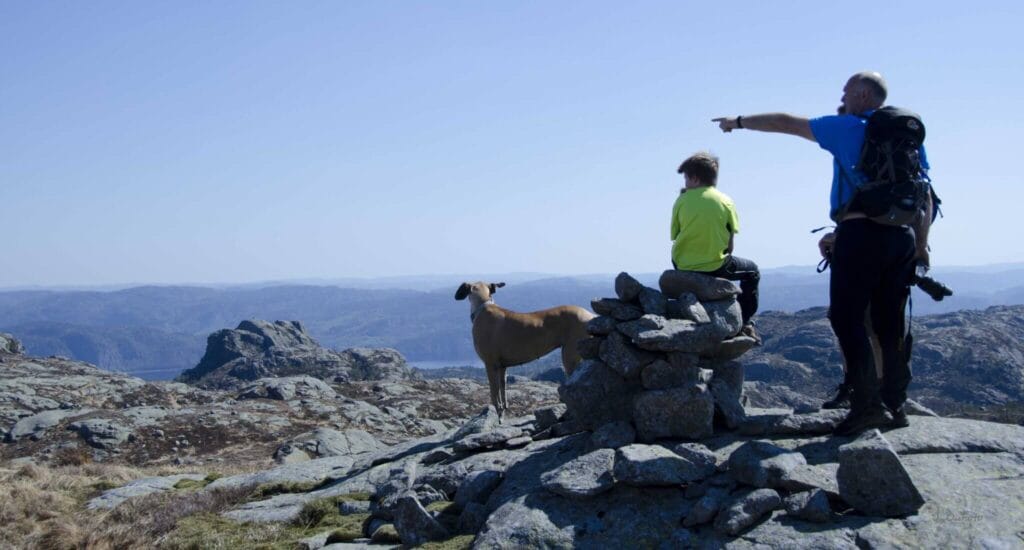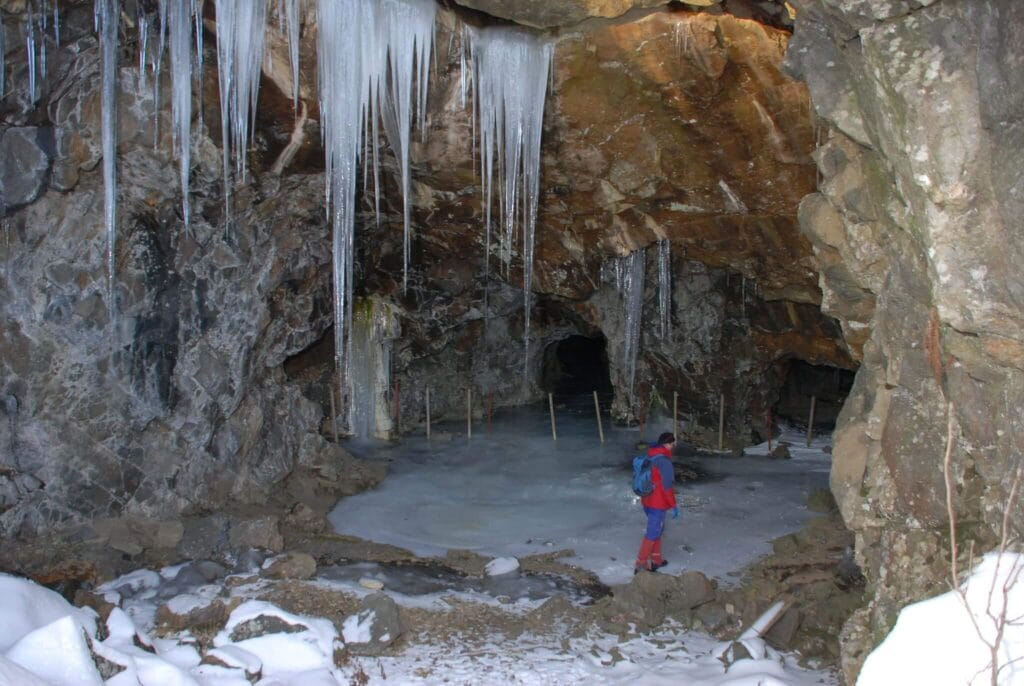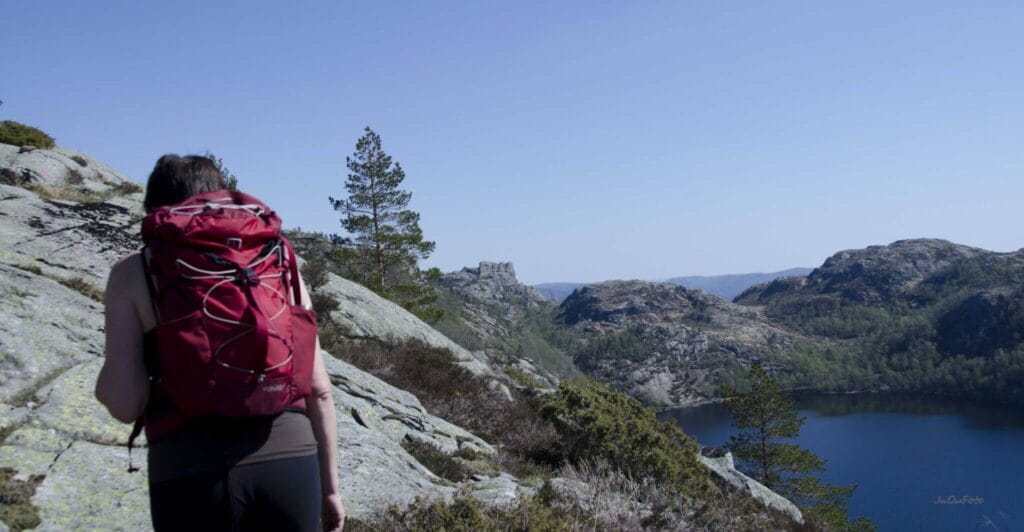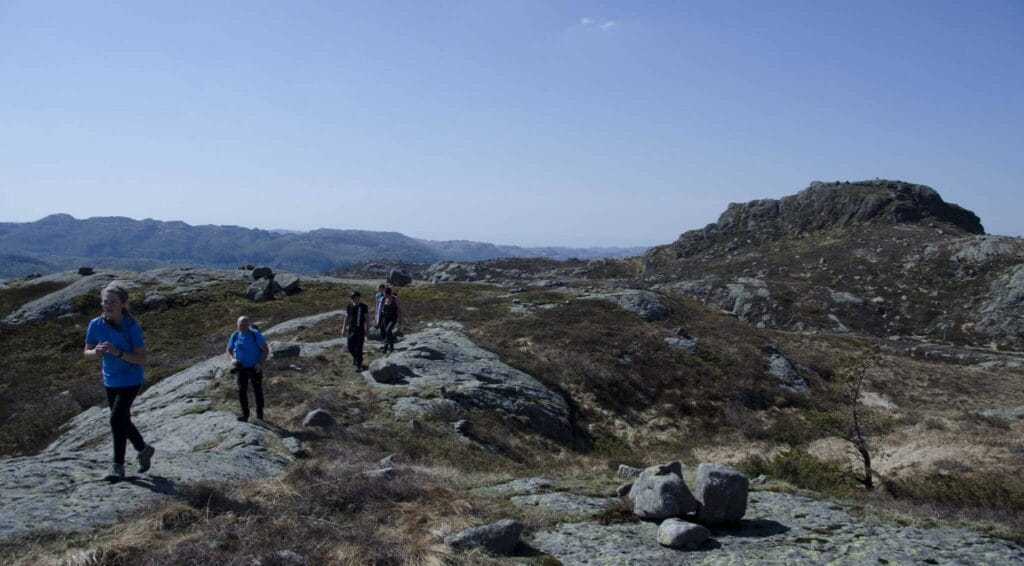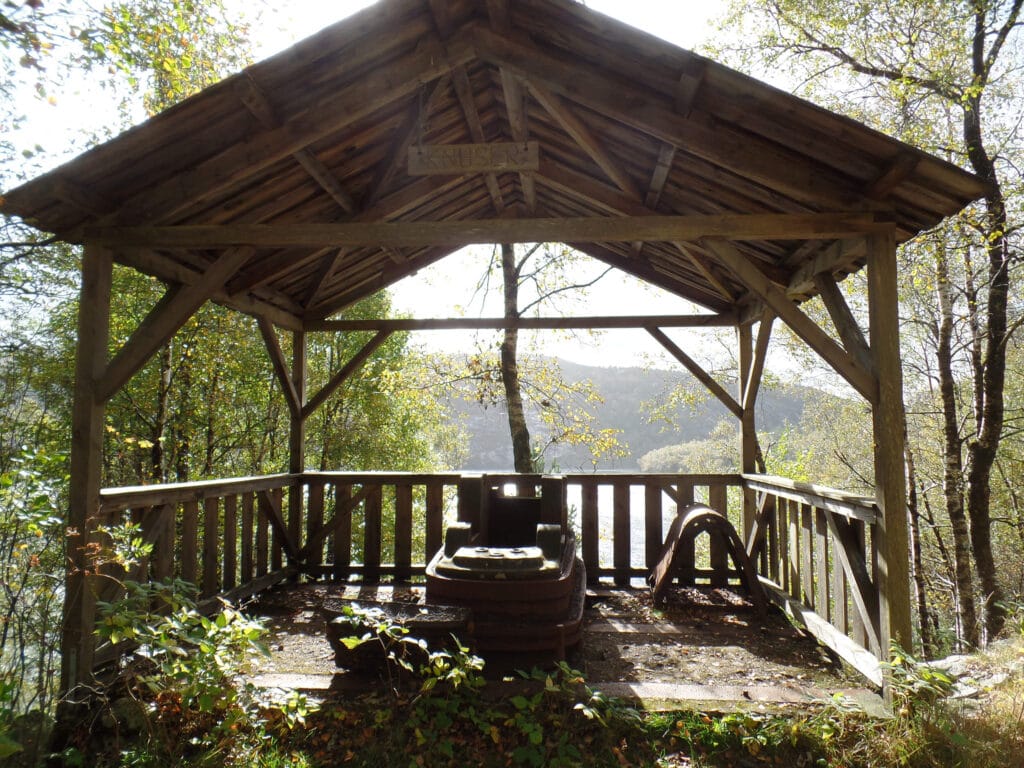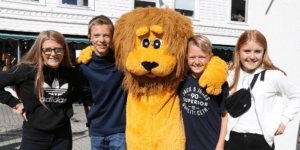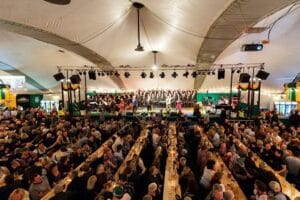
Gursli & Liland Mines
Molybden ble tatt ut på Gursli i begynnelsen av forrige århundre, og det er mulig å skru tiden tilbake og se hvordan livet var i gruvene for hundre år siden. Du kan kombinere et besøk til det historiske gruveområdet med en tur til toppen av Gjegningheia som når 553 meter over havet.
Fra Lundevannet kan man gå i land i Skålandsvika. Det er 20 minutters gange langs fylkesveien og opp til Gursli. Herfra går du 60 minutter langs den gamle gamle gruveveien inn til Gullvann og gruvene. Turen er godt merket, og det er parkeringsplass ved Gursli.
På det meste arbeidet det 120 mann og noen få kvinner i gruvene. Ved Gullvannet kan man ennå finne mange rester etter denne industrien. 13 informasjonsskilt er satt opp langs stien.
Selv om det er svært bratt den første halvdelen av turen, er det godt terreng. Gruveveien er i god stand til å gå tur på. Første halvtimen er i motbakke, og du får god utsikt etter hvert. Et lite stykke oppe i bakken åpenbarer det seg flott utsikt ut over Lundevann. Det er dette vannet som starter i Moi sentrum og går til Åna Sira. Lundevann er et av de dypeste vannene i Norge. Nede ved Gullvann er det bare idyll, maken til flott plass skal du lete lenge etter. Fiske i Gullvann er en mulighet, men krever fiskekort.
Ved Gursli kommer du først til «Jentehytta» hvor kokkene holdt til. Dette huset er nylig restaurert og malt rødt. Jentehytta er åpen, og du har mulighet til å gå inn og kose deg. Rundt et par svinger til kommer du til selve plassen der malmen ble knust. En av knuserne står der fremdeles, rusten og ubrukelig selvfølgelig, men som et minne om svunnen tid. Her finner du rasteplass med bord. Selve gruvene ligger et lite stykke forbi dette stedet. Skal du oppleve inngangspartiet til gruvene må du fortsette noen minutter til på gangstien langs vannet. Først kommer du til en enslig gruveinngang. Fortsetter du litt til, kommer du inn i en liten fjellhall med inngang til tre gruver. Vil du gå inn i gruvene og høre mer, bestill gjerne en guidet tur hos Magma Geopark.
Culture and history
Molybden-gruvedrift ved Gursli fant sted fra 1915 til 1919. Molybden er et metallelement, og viktigste bruk er å styrke og herde stål. Gursligruvene var aktive med å levere molybden til stålproduksjon under første verdenskrig. I 1917 var det rundt 100 ansatte hos Gursli. I den mest aktive perioden arbeidet opptil 160 menn med å behandle malmen.
The mines were in operation until 1919, and in these years was Gursli Molybdæn A/S is the largest company in Lund municipality. After the war, the crash, the price of molybdenum and the mine closed.
You can still find remnants of the many buildings constructed at Gullvannet during the active period. Today, it presents itself as an outdoor museum showcasing mining culture. The buildings include a house for the mine manager and his staff, three barracks accommodating 60 men, a toilet, two forges, an ore processing plant with crushers, mills, and a flotation unit, several outbuildings, a tool shed, and a storage facility for explosives. During mining operations, there were several boats and a ferry responsible for transporting ore, equipment, and people across Gullvannet. The 3.5 km road from Gursli farm up the hill to the mine was built for the use of the mining company.
The mining road to Gursli mines must have been challenging to transport ore on during World War I. When considering the limited technical aids they had back then, the word "challenging" seems appropriate to use. Today, this road is a great path to follow to Gullvann and the mines there.
The hike passes by nature's own monument – large stones stacked on top of each other, called the Hattesteinene, surrounded by beautiful scenery.
Photo gallery
Besøk Gursli & Lilandsgruvene
About The Trip:
Starting from Gursli, follows the Experience in the Valleys of the trail, that follows the old gruveveien the way up to the mine. It is easy to go, the road is mostly dry and fine. Gruveveien goes in hairpin bends up the mountainside. In the last turn before skaret, we see a steep mountain on the right side, this is Gullbergknuten, 485 m above sea level. Follow the road on to the top of the Skaret.
From here it is downhill all the way to the Gullvannet. By the water, it's nice to go swimming, picnicking and fishing. The road followed on the way up to the mines.
Category:
Active, Geopark, Historic places, Kultur, Lund, Magma Geopark Sites, Top 20, Suggestions
Other experiences in Magma Geopark
See more experiences in Magma Geopark
